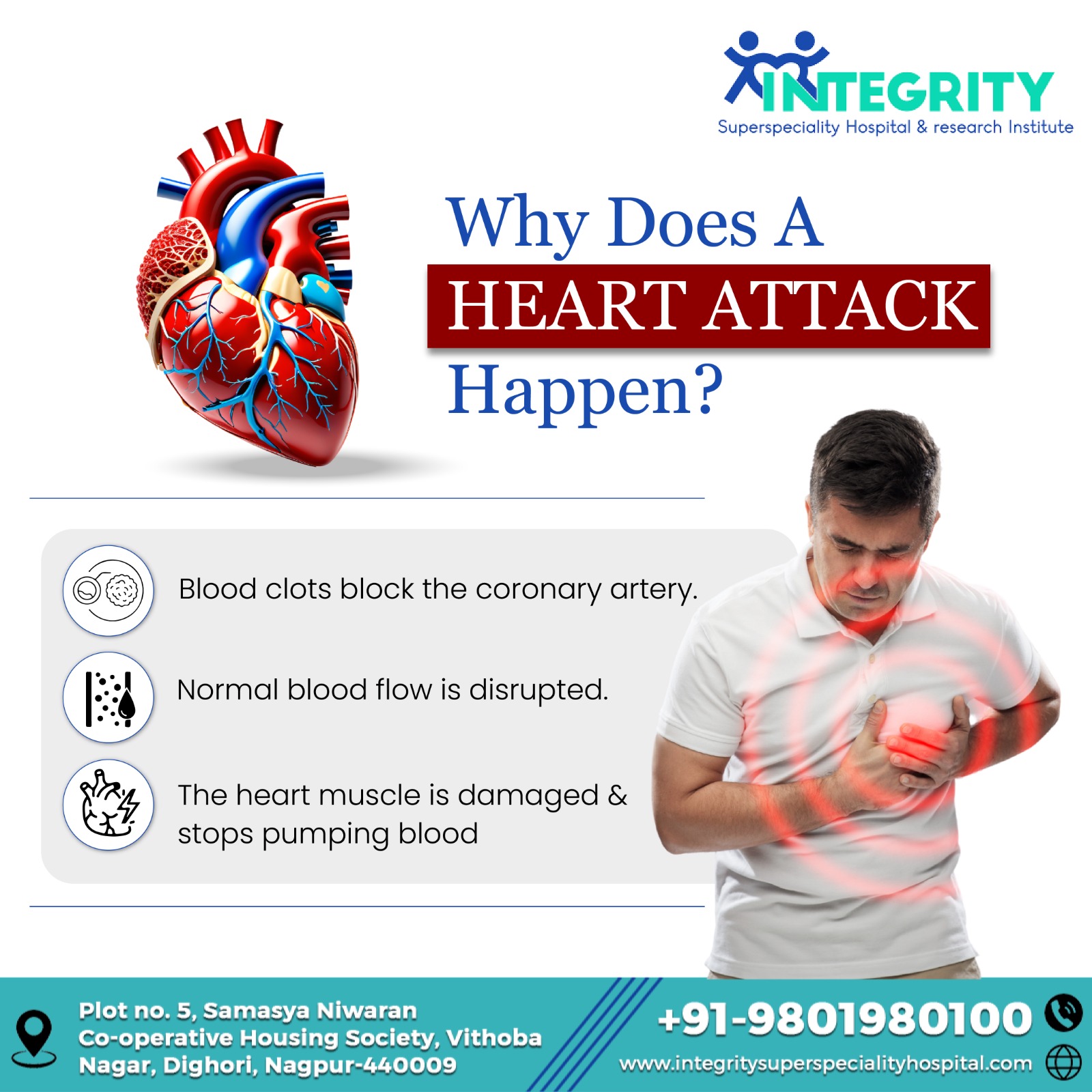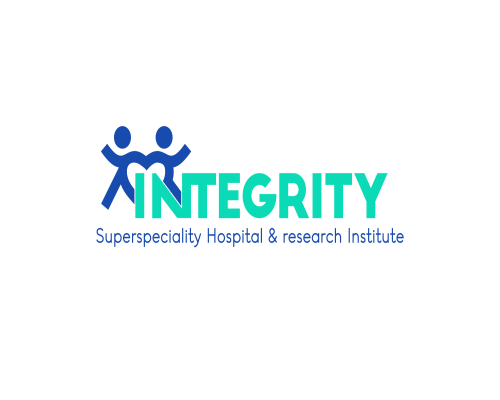
2024-05-31T05:30:35
A heart attack, also known as a myocardial infarction, occurs when the blood flow to a part of the heart muscle is blocked for an extended period, causing damage or death to the heart tissue. Understanding the mechanisms behind a heart attack is crucial for both prevention and effective treatment. The Heart and Its Function The heart is a muscular organ responsible for pumping blood throughout the body. It requires a continuous supply of oxygen and nutrients, which it receives from the coronary arteries. Any interruption in this supply can have serious consequences for heart function and overall health. Causes of Heart Attack Atherosclerosis: The most common cause of a heart attack is atherosclerosis, a condition characterized by the buildup of fatty deposits (plaques) on the inner walls of the coronary arteries. These plaques can narrow the arteries and reduce blood flow to the heart muscle. Plaque Rupture: Over time, plaques can become unstable and rupture. When a plaque ruptures, it exposes its contents to the bloodstream, triggering the formation of a blood clot (thrombus) at the site of the rupture. Blood Clot Formation: The blood clot can quickly grow large enough to completely block the coronary artery, cutting off the oxygen supply to the heart muscle. Without oxygen, the affected heart tissue begins to die, resulting in a heart attack. Coronary Artery Spasm: Although less common, a heart attack can also occur due to a spasm in a coronary artery, which temporarily reduces or blocks blood flow. These spasms can be triggered by factors such as smoking, drug use, stress, or exposure to extreme cold. Risk Factors Several risk factors can increase the likelihood of developing coronary artery disease and experiencing a heart attack: High blood pressure: Puts additional strain on the heart and arteries, accelerating atherosclerosis. High cholesterol: High levels of LDL (low-density lipoprotein) cholesterol contribute to plaque formation. Smoking: Damages the lining of the arteries and promotes plaque buildup. Diabetes: Increases the risk of atherosclerosis and heart disease. Obesity: Linked to high blood pressure, high cholesterol, and diabetes. Sedentary lifestyle: Lack of physical activity can contribute to obesity and other heart disease risk factors. Family history: A family history of heart disease can increase the risk. Age and gender: The risk of heart attack increases with age, and men are generally at higher risk than premenopausal women. Symptoms of a Heart Attack Common symptoms of a heart attack include: Chest pain or discomfort, often described as a squeezing, pressure, or tightness Pain or discomfort in other areas of the upper body, such as the arms, back, neck, jaw, or stomach Shortness of breath Nausea or vomiting Lightheadedness or dizziness Cold sweat Diagnosis and Treatment Prompt diagnosis and treatment are crucial for minimizing heart damage and improving outcomes. Diagnostic tests for a heart attack may include: Electrocardiogram (ECG): Measures the electrical activity of the heart to detect abnormalities. Blood tests: Check for specific markers of heart muscle damage, such as troponin. Imaging tests: Techniques like echocardiography or coronary angiography can visualize the heart and its blood vessels. Treatment typically involves: Medications: Such as antiplatelets, anticoagulants, thrombolytics, and pain relievers. Interventional procedures: Including angioplasty and stenting to open blocked arteries. Surgery: Coronary artery bypass grafting (CABG) may be necessary for severe blockages. Prevention Preventing heart attacks involves managing risk factors through lifestyle changes and medical intervention: Healthy diet: Emphasizing fruits, vegetables, whole grains, lean proteins, and healthy fats. Regular exercise: Engaging in moderate-intensity physical activity for at least 150 minutes per week. Smoking cessation: Eliminating tobacco use to reduce heart disease risk. Managing health conditions: Controlling high blood pressure, high cholesterol, and diabetes. Stress management: Practicing relaxation techniques and maintaining a healthy work-life balance. Conclusion A heart attack is a serious medical emergency resulting from the interruption of blood flow to the heart muscle. Understanding the causes, risk factors, symptoms, and treatment options is essential for prevention and effective management. By adopting a heart-healthy lifestyle and addressing medical conditions, individuals can significantly reduce their risk of experiencing a heart attack. #2dechofacilityindighori #2dechofacilityinsakkardara #2dechofacilityonumredroad #hearthospitalnearme #hearthospitalinsakkardara #hearthospitalindighori #hearthospitalonumredroad #cardiologist #besthearthospitalinnagpur #heartattacktreatment #heartattack #heartproblem #bestcardiologist #topcardiologist #chestpainspecialist #chestpaintreatment #heartpaintreatment #heartfailure #cardiacfailure #heartspecialistinsakkardara

